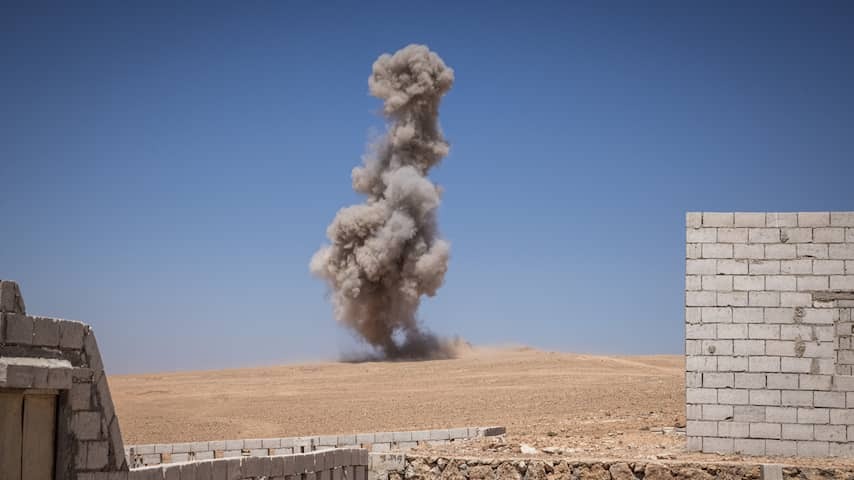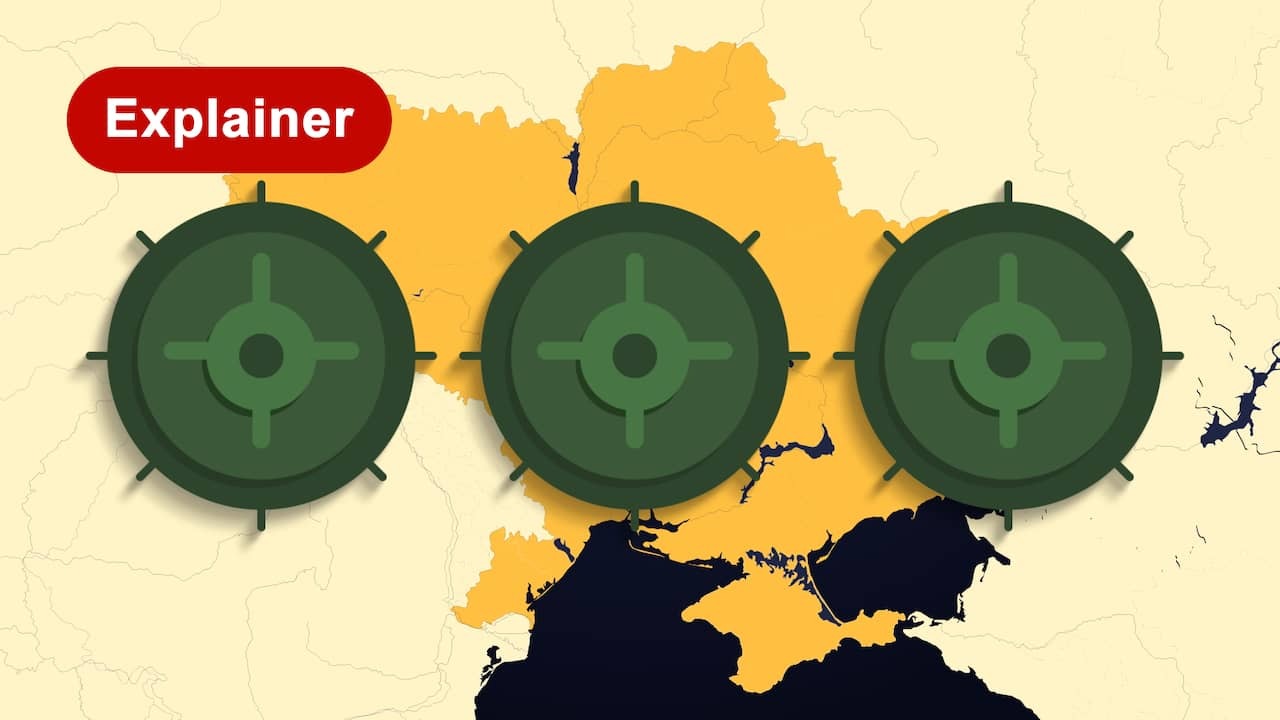
The Ottawa Treaty was signed in 1997 to regulate the production and deployment of anti-personnel landmines. The treaty prohibits the use, production, and stockpiling of these mines. Participating countries must also destroy their existing stockpiles.
The context of the Ottawa Treaty was shaped by bloody conflicts in Georgia, Angola, and Afghanistan in the 1990s, says Jean Yves Ndzana Ndzana, an expert in arms control at Leiden University. Landmines were used extensively in these conflicts.
“Humanitarian law of war states that warring parties must always distinguish between military and civilian targets when using weapons,” says Ndzana Ndzana. However, with landmines, it is often innocent civilians in rural areas who become victims – often long after a conflict has ended.
Estimates from the Red Cross and others suggest that approximately 80 percent of landmine deaths are civilian casualties. Jan Tijmen Ninck Blok, a specialist in humanitarian law of war at the Red Cross, calls it a “particularly nasty weapon”.
In 1997, the Ottawa Treaty was drafted at the initiative of Canada. Since then, 165 countries have signed the document, but the signatures of several major superpowers are missing to this day. Among others, the United States, Russia, and China did not want to commit to the treaty. Ndzana Ndzana explains that these countries often rely heavily on their military strength and therefore do not want to be limited in this area.
Treaty is binding, but not mandatory
What has the treaty achieved in the past 28 years? The results are mixed. Although many countries have signed the treaty, it does not automatically mean that it is always complied with. The treaty is binding, but there are few legal options to punish violations.
“That makes some countries rather skeptical about reducing their stockpiles,” says Ndzana Ndzana. Reducing landmines is therefore largely based on good faith.
It does not help that the treaty has not been signed by influential countries such as the US, Russia, or China. “When these kinds of superpowers are not involved, it is difficult for a treaty to be effective.” They simply have a lot of influence.
The most recent Landmine Monitor showed that anti-personnel mines were still used frequently in 2024. They were mainly used by countries that are not affiliated with the treaty, such as Myanmar, Russia, Iran, and North Korea.
Thanks to Russia, Ukraine is now one of the most heavily ‘mined’ areas in the world. For Russia, landmines have now become an important war tactic, says Ndzana Ndzana. Russia – a nuclear power – cannot simply use nuclear weapons in that war, he explains. Therefore, landmines are an important alternative to still inflict damage on the enemy.

The US supplies landmines to Ukraine, which is not without controversy
Fewer mines, fewer deaths
Yet the Ottawa Treaty is not just a paper tiger, according to Ndzana Ndzana and Ninck Blok. First of all, the treaty has helped to place a taboo on landmines, making their use almost always controversial. If a country uses landmines, it can almost always expect international criticism.
Ndzana Ndzana adds that there is much more “institutional strength” thanks to the treaty. “With the help of NGOs, there is an international campaign against landmines, there is a Landmine Monitor, there is dialogue about limiting production and deployment. As a result, the pressure on countries to take action is increasing,” he explains.
This has led to much concrete progress. Since 1999 – the year the treaty came into effect – thirty countries have been declared landmine-free, according to the Landmine Monitor 2024. In that same period, the number of victims of mines has halved, and entire minefields have been cleared.
“50 million landmines have been destroyed by governments,” adds Ndzana Ndzana. “There has also been significant progress in clearing mines, partly thanks to new technologies.” The image below shows a so-called ‘robot dog’ that is being used in Ukraine to clear mines.

Inconsistency is the great weakness of the Ottawa Treaty
Yet the Ottawa Treaty is under pressure. This became clear on Saturday when two more Baltic states, following Finland and Poland, withdrew from the treaty. According to Ndzana Ndzana, these withdrawals are symptoms of the fundamental problem with the treaty: inconsistency.
“These countries are sovereign and have the right to withdraw from any treaty,” he explains. “But the consequence is that the remaining countries will feel less and less committed.” As a result, the use of landmines is no longer unconditionally rejected, but assessed on a case-by-case basis. If the need is high, the threshold to withdraw from such a treaty is lower. “That’s cynical, but that’s how it works,” says Ndzana Ndzana.
In Europe, more and more countries are coming to the conclusion that strategic security is now the priority. Ninck Blok: “You agree on these kinds of things precisely in peacetime. If it gets darker again and you then decide to withdraw from treaties, I am seriously concerned about humanitarian law of war.”